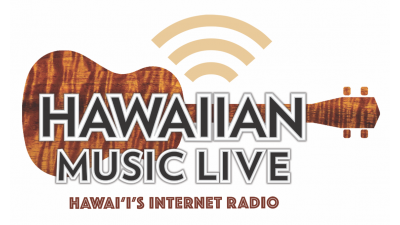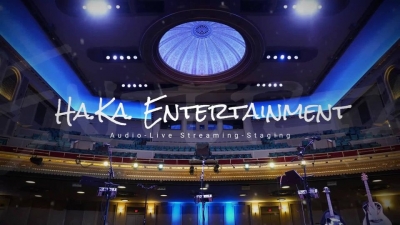Live Stream Broadcasting: The Future of Online Content
Introduction
In today's digital age, live stream broadcasting has revolutionized how we consume and interact with online content. From live gaming sessions to virtual conferences and concerts, this dynamic medium has captured the attention of millions worldwide. In this article, we will explore the world of live stream broadcasting, its impact on various industries, and how you can leverage this technology to engage and connect with your audience like never before.
What is Live Stream Broadcasting?
Live stream broadcasting refers to the real-time transmission of audio and video content over the internet. Unlike traditional pre-recorded videos, live streams enable viewers to watch and participate in events as they happen. Whether it's a live concert, a sports match, or a product launch, live streaming allows people to engage in real-time discussions, ask questions, and share their reactions.
The Rise of Live Stream Broadcasting
Over the past decade, live stream broadcasting has gained immense popularity and become integral to our online experience. This surge can be attributed to several factors, including advancements in technology, increased internet connectivity, and the rise of social media platforms. People now have the power to broadcast their lives and experiences to a global audience with just a smartphone and an internet connection.
Benefits of Live Stream Broadcasting
Live stream broadcasting offers numerous benefits for both content creators and viewers alike. Let's take a closer look at some of the advantages this medium provides:
- Real-time engagement: Live streaming allows content creators to interact with their audience in real time, fostering a sense of community and connection.
- Global reach: With live stream broadcasting, geographical boundaries are no longer a limitation. Content can be accessed and enjoyed by viewers from around the world.
- Cost-effective: Unlike traditional broadcasting methods, live streaming offers a more cost-effective solution. You only need a stable internet connection and essential equipment to get started.
- Flexibility and convenience: Viewers have the freedom to tune in to live streams from the comfort of their homes, on their preferred devices, and at their own convenience.
- Analytics and insights: Live streaming platforms provide valuable analytics and insights into viewer behavior, allowing content creators to refine their strategies and improve their content.
Industries Embracing Live Stream Broadcasting
Live stream broadcasting has found its way into various industries, transforming the way they engage with their audiences and deliver content. Let's explore some of the sectors that have embraced this technology:
- Gaming and Esports
The gaming industry has witnessed a seismic shift with the rise of live stream broadcasting. Platforms like Twitch and YouTube Gaming have become go-to destinations for gamers to live stream their gameplay, interact with their audience, and build dedicated communities. Esports tournaments, with their live streaming capabilities, have turned professional gaming into a global phenomenon, attracting millions of viewers. - Events and Conferences
Live stream broadcasting has revolutionized the events and conferences industry by enabling virtual participation. Attendees who cannot physically be present can still experience the event in real time, join Q&A sessions, and network with other participants. This has opened up new possibilities for event organizers to reach a wider audience and increase engagement. - Education and Training
Live stream broadcasting has become an essential tool in the education and training sector. Teachers and trainers can deliver lectures and workshops in real time, allowing students to participate remotely. This technology has also made it possible to reach underserved communities with limited access to educational resources. - Music and Entertainment
Artists and entertainers have embraced live stream broadcasting as a way to connect with their fans, especially during the COVID-19 pandemic when live concerts were put on hold. Virtual concerts and live performances have






































